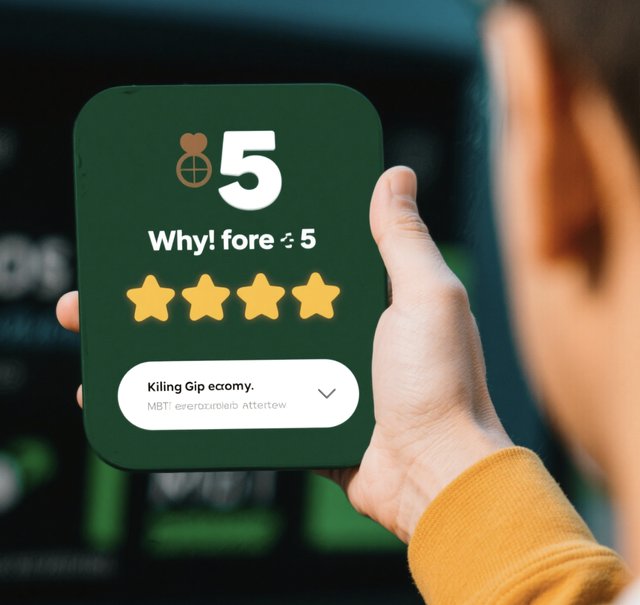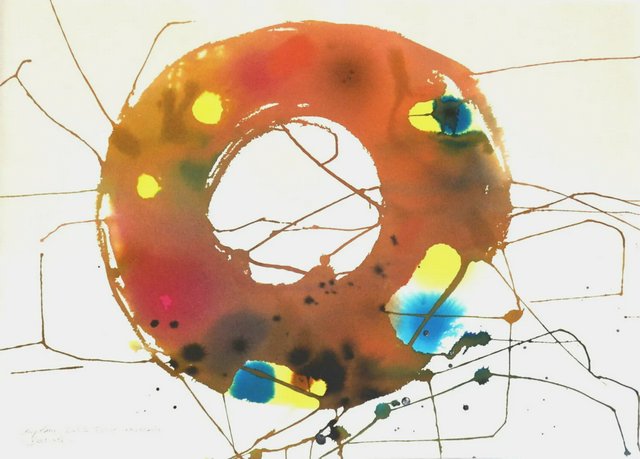MBTI Reveals the 5 Personality Types Most Vulnerable to Toxic Relationships – How to Build Your Emotional Armor

Have you ever found yourself stuck in a cycle of one-sided relationships, constantly giving but rarely receiving? The answer might lie in your MBTI personality type. Certain traits—while valuable in careers and friendships—can make you more susceptible to emotional exploitation in romantic relationships. Let’s dissect the two most common “high-risk” types and their unconscious traps.
1. ISFJ: The Self-Sacrificing Caretaker
Meet XiXi, the quintessential ISFJ who prioritizes her partner’s needs over her own. She remembers his favorite color (Klein Blue), bakes him cookies, and even helps with his work projects—all while he remains oblivious to her mango allergy.
The Emotional Trap:
Over-Responsibility Syndrome: ISFJs measure love by how much they can do for others, often neglecting their own well-being.
Self-PUA (Pick-Up Artist) Tactics: They rationalize neglect (“He’s just stressed”) and blame themselves for their partner’s emotional distance.
Invisible Needs: Their empathy acts like a magnifying glass for others’ feelings but blurs their own distress signals.
Psychological Insight:
This “caretaker burnout” stems from conflating love with labor. Like The Little Prince’s rose, ISFJs expose their tender petals while ignoring their own thorns.
2. INFP: The Romantic Savior
Xiao Yu, an INFP, describes her ex as a “broken moon” and herself as “the only star who could piece him back together.” Sound familiar?
The Emotional Trap:
Savior Complex: INFPs are drawn to “wounded souls,” believing their love can heal deep-seated trauma.
Idealization: They excuse red flags (chronic lateness, emotional unavailability) as “hidden depth.”
Self-Worth Through Sacrifice: Their identity becomes tied to being “needed,” like a moth drawn to a flame.
Psychological Insight:This pattern reflects codependency—mistaking fixing others for emotional connection. True love doesn’t require you to set yourself on fire to keep someone else warm.
The 5 High-Risk MBTI Types: A Self-Defense Blueprint
For ISFJs: From Doormat to Empowered Partner
The “Give-and-Take” Ledger:
- Each night, list 3 acts of self-care (e.g., saying “no,” buying yourself flowers). If your “give” column outweighs your “receive” column for 3+ days, activate an emotional circuit breaker.
- Each night, list 3 acts of self-care (e.g., saying “no,” buying yourself flowers). If your “give” column outweighs your “receive” column for 3+ days, activate an emotional circuit breaker.
Bounded Empathy:
- Ask: “Is this their problem or mine?” You’re not responsible for others’ emotional homework.
- Ask: “Is this their problem or mine?” You’re not responsible for others’ emotional homework.
Scripted Boundaries:
- Replace apologies with facts: “I can’t help today—I’m exhausted.” Practice kind firmness.
For INFPs: From Martyr to Muse
- Replace apologies with facts: “I can’t help today—I’m exhausted.” Practice kind firmness.
Swap “Rescue” for “Respect”:
- Love isn’t about fixing. Ask: “Does he want my help, or am I imposing my ideals?”
- Love isn’t about fixing. Ask: “Does he want my help, or am I imposing my ideals?”
Self-Worth Anchors:
- Journal daily achievements unlinked to others (e.g., “I finished my painting”).
- Journal daily achievements unlinked to others (e.g., “I finished my painting”).
Equal Partnership Model:
-
Treat your partner as a fellow traveler (à la Before Sunrise), not a project.
The Bigger Picture: MBTI and Emotional Resilience
While MBTI highlights vulnerabilities, it’s not a life sentence. Awareness is step one; action is step two. Whether you’re an ISFJ learning to prioritize yourself or an INFP reclaiming your narrative, the goal is balanced relationships—where you’re cherished, not just useful.
Final Thought:Your personality type is a compass, not a cage. By understanding its pitfalls, you can rewrite your love story—one where you’re the protagonist, not the perpetual sidekick.
Engagement Hook:
“Which MBTI type’s struggles resonate with you? Share in the comments—we’ll analyze your ‘relationship blind spots’!”
-




